For safety and immunity to interference it is all about field strength, which is a subject many people don’t seem to understand.
A cell phone at max power at 0,5 meter will produce roughly the same field as a 250 Watt transponder at 3 meter’s. You won’t hold your phone 0,5 meter away, so cell phones are on of the largest fields that you wel get nearby.
The distance for separation between antenna’s should be sufficient, and doesn’t make a difference if you have an aluminium, composite or wood antenna. The GPS interference doesn’t notice the difference if both are outside, or both are inside, taking in account you are using quality coax on both.
Peter
if you do not want to complicate
You can buy this dipole, and will run at 100%
http://www.chiefaircraft.com/aircraft/antennas/bob-archer/sa-006.html
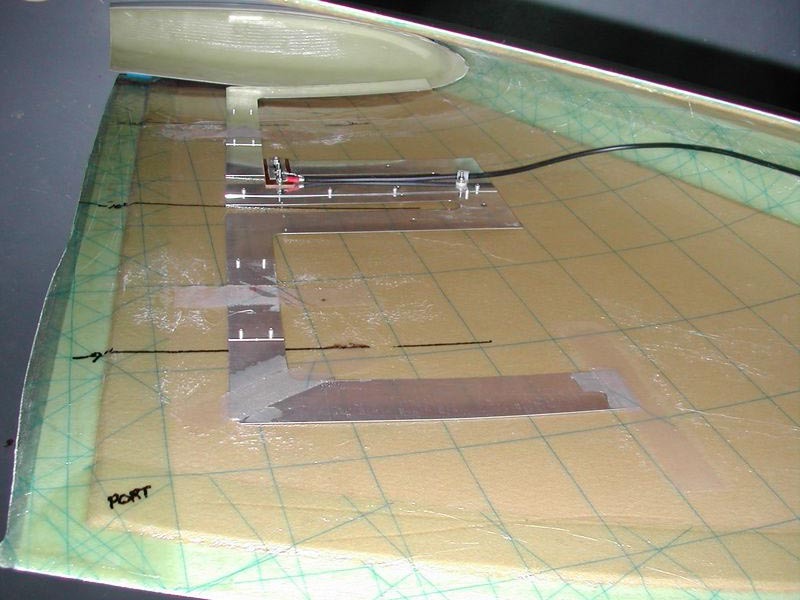
a good coaxial cable:
http://www.ssb.de/pdfs/6050_Aircell5_en.pdf local copy
saludos
That’s a really nice coax, celtico. Better than RG400 but cheaper than the silly-priced airspaced ones.
Jesse – I agree but I still think that having the antenna on the roof, and a decent size ground plane under it, will radiate less into the cockpit (and the avionics) than if one had the antenna as a dipole, radiating all over the place and right through the aircraft. A plane is full of bits of metal, control cables, various wiring, and not only will all that be interfering with the radiation pattern but it will be picking up all that muck and conducting it right into the avionics.
The best antenna that you can have in a composite aircraft without mesh is to have a dipole antenna directly bounded in the rudder of the aircraft. This is the Europa Link way as Jan mentioned.
The archer antenna is not that efficient as it is a dipole made for Vans RVs wing tips, less space than in a composite rudder.
I have both in my Europa and the straight dipole one is clearly superior.
Peter
Witch is the power?..
Take your radio, take your provisional antenna,
in an open space, put the antenna 3 meters away from gps, mobile, instruments, etc …
continuously transmits with your radio
check your instruments …
move your antenna to the instruments while transmitting
Problems? If everything is ok, mounted the antenna on the tail
if you want to put some ground plane
and you use aluminum
caution with oxidation,
in a few years you might have a surprise in the tail
the best of the dipole with balum
is that you can move, twist, bend the balum, and get very little SWR
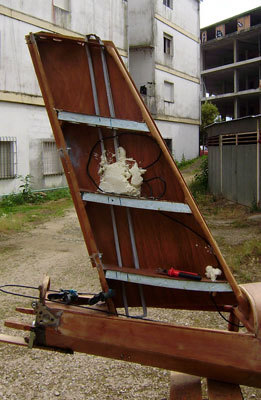
I understand NAV signals should be horizontally polarised, but COM should be vertical. Yet people are installing antennae in either orientation. In practice how much difference do you find that vertical or horizontal polarisation makes?
I will try to explain with my limited English … 
almost all antennas are in Vertical polarization (airband-COM, or vhf fm), put the horizontal antenna is bad idea
example
fm radio antenna is vertically (best distance)
tv antenna is horizontal, better short distance, just for a city, town, for example all Berlin (not interested to be seen in Dresden) Interested good quality just around Berlin
a plane horizontal antenna, flying over Berlin, has good quality in a circle on berlin, but very poor in distance in a straight line.
vertically, has acceptable quality of Berlin to Dresden…. and long distance.
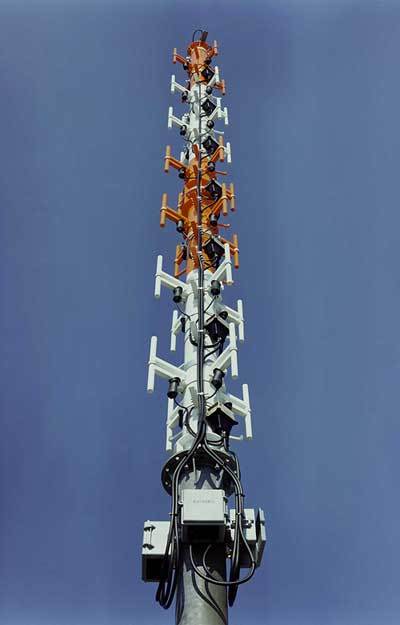
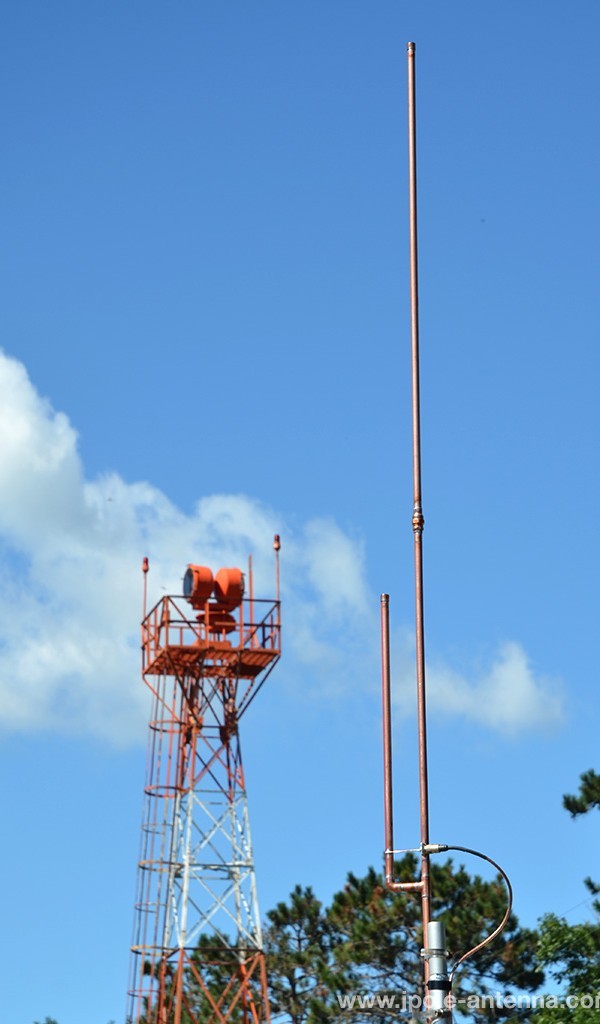
eg very basic
vertical/ horizontal

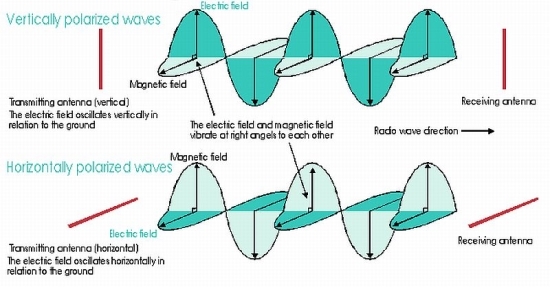
This thread has come a little late for me as in the past few months I’ve been trying to find options for internal antenna that could be easily retro-fitted to my wooden aeroplane. Just about the only viable option I could find was the Bob Archer one linked above. We tried to email questions about it but it turns out that Bob was on his deathbed and so unable to answer our questions. We couldn’t find any positive reviews of it and so have, rather frustratingly, settled on the antenna being outside the fuselage.
Your English is excellent, Celtico!
As an aside, this discussion highlights what would be desirable about a composite vertical stabiliser on say a TB20. You could hide practically all the antennae inside it, and gain several kt.
Presumably any VHF antenna inside a VS would have to be a dipole, because you could not lay out a big enough ground plane on top of the tail end of the fuselage for a rod antenna.
Stickandrudderman
I built the blog to Bob Archer.
His son wrote me a few weeks ago and told me the death of Bob
What is your plane?
perhaps even is possible to mount the antenna on your tail
Peter
It depends on a few things.
¿Tail fiber glass or carbon?
Carbon = problem
How many metal parts inside the SV?
The bottom of the SV is metal?
metal or carbon act as a mirror, reflecting the signal atenna to the antenna, and not enter of the outside.. ground-antenna.
What are the measurements of your SV ?, a photo ?.